Analysis of Physico-Chemical Differences Between Flours from Peel and Core Mills-1
EDITED BY: www.immy.cn / www.immyhitech.com
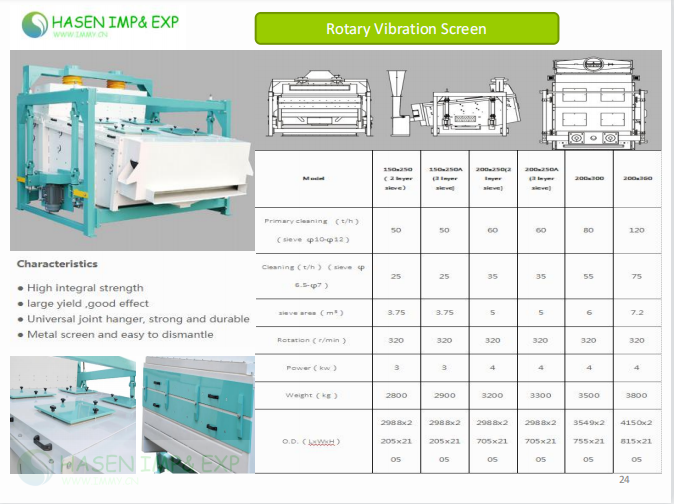
The core process of wheat milling lies in the precise separation and classification of the wheat grains, where the skin milling system and the core milling system have very different tasks, resulting in significant differences in the physical and chemical properties of the flour produced. These differences directly determine the final use and quality performance of flour.
I. Positioning of the process and material characteristics: the source of the differences Skin milling system: Tasks: Located in the front road (1B, 2B), the core task is to peel the wheat grains, separating the bran and endosperm layer by layer by scraping and separating the endosperm particles (dregs) to be sieved and sent to the subsequent system.
The back-end hulling mills (3B, 4B) process the flour-containing bran flakes and further scrape the endosperm. Characteristics of the material: The object consists of a large amount of bran, a paste layer and the endosperm particles attached to it. The material is relatively coarse, unevenly dense, and both tough (bran) and brittle (endosperm). The grinding process inevitably generates a certain amount of bran fragments (bran stars). Core milling system: Task: Located in the middle road (1M, 2M), the core task is to gradually grind the pure endosperm particles (wheat heart, dregs) into a fine powder. The front core mill (1M) handles the purest and largest endosperm particles, while the rear core mill handles the finer material, which may contain traces of bran.
Characteristics of the material: It is mainly pure endosperm particles from the cleaning system, consisting mainly of starch granules and protein matrix. The material is relatively pure, homogeneous and of medium (soft wheat) or high (hard wheat) hardness. The objective is to maximise the fineness of the endosperm while controlling starch damage.
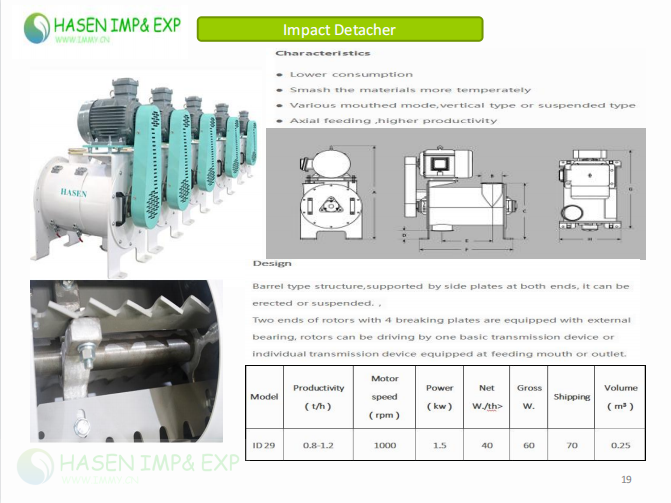
2, Core physical and chemical indicators of the differences in the analysis of ash: the most significant quality markers skin milling powder: ash is significantly higher.
The reason is: the material itself contains a mineral-rich paste layer (good nutrition but high ash). Bran fragments (bran stars), which are inevitably mixed in during the grinding process, are the main contributors to the ash content. The further back (3B, 4B), the higher the ash content, because the processed material adheres more to the bran and is more difficult to separate. Core milling: The lowest ash content, especially in the front core mills (1M, 2M). The material is the pure endosperm centre part with the lowest mineral content. The grinding environment is relatively ‘clean’ and the possibility of mixing in bran stars is minimised.
Quality control significance: Ash is the core indicator of flour accuracy (degree of gluten mixing). Low ash core milled flour is the basis for high precision grades (e.g., Special One); skin milled flour has a high ash content and is often used for lower grades or wholemeal flour. Colour (whiteness/L* value): a direct reflection of sensory and precision Skin milled flour: darker colour (low whiteness/L* value), often with a grey or yellowish tinge. Reason:
The mixing of bran fragments (brown) and paste layer substances (yellow) directly deepens the colour. Slight enzymatic browning may be caused by polyphenol oxidase etc. in the bran.
Core milling: whitest colour (high whiteness/high L* value). The pure endosperm contains mainly white starch and light yellow gluten proteins and is naturally white. The content of gluten stars is very low and there are no significant colouring disturbances.
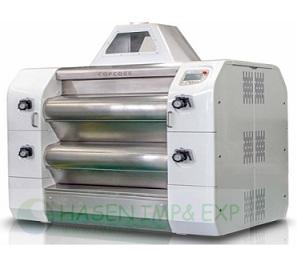
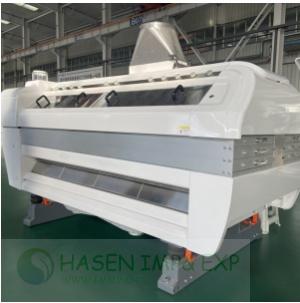
Quality control significance: Whiteness is the most intuitive quality perception of consumers, high whiteness core milling flour is the first choice for high-end noodle products (such as refined noodles, steamed bread). Skin milling flour affects the overall whiteness, and the dosage needs to be controlled. Protein content and quality: the cornerstone of functional properties Skin milled flour: medium or slightly high protein content. The paste layer is rich in protein (mainly enzyme proteins, globulins) and the scraped off outer layer of the endosperm is also high in protein (the peripheral part that forms the gluten network).
Core milled flour: the protein content is usually the highest (especially in hard wheat front-road core milled). The centre of the pure endosperm is rich in gluten-forming wheat gluten proteins and alcohol soluble proteins (glutenins).
Quality (gluten characteristics): Skin milled flour: relatively poor gluten quality. The mixed bran stars physically cut the gluten network, reducing its continuity and strength. Paste layer proteins are non-gluten proteins and do not contribute to elastic extensibility. May lead to unstable dough absorption, weak elasticity and easy breakage.
Core milled flour: the most superior gluten quality.
The gluten proteins are pure, with little damage, and form a strong, ductile, and elastic network of high quality gluten. It is the key to dough skeleton and air holding capacity. Quality control significance: High gluten flour depends on high content and high quality core milling flour; too much skin milling flour will weaken the gluten strength, which should be reasonably adjusted according to the product demand (e.g. biscuits need weak gluten).
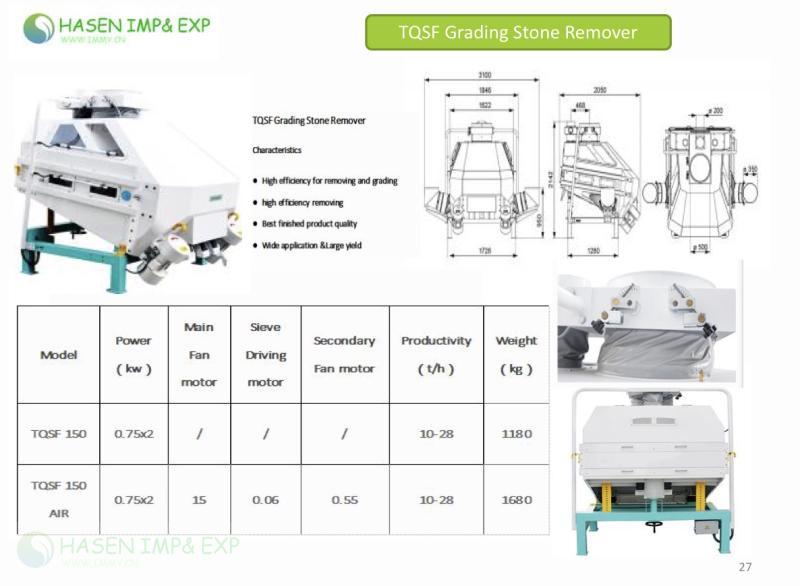
Wuxi Hasen Import And Export Co.,Ltd
Contact:Amina Zhu
Mobile:+8613812016908
Email:sale@immy.cn
Add:#68,Xindongan Rd,Xinwu Distt,Wuxi,Jiangsu,China 214000